Home>Renovation & DIY>Tools & Equipment>What Are Paint Brushes Made Of
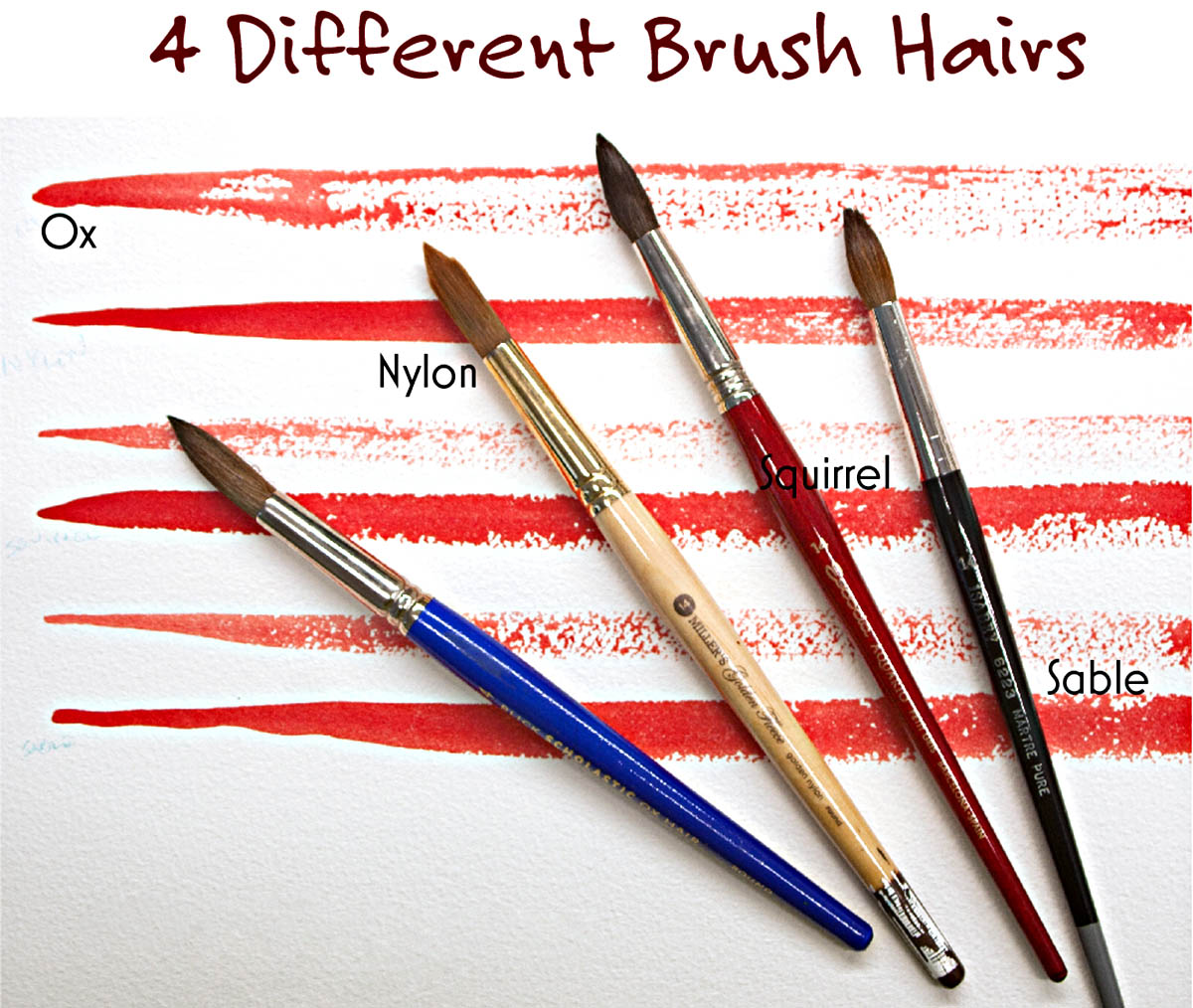

Tools & Equipment
What Are Paint Brushes Made Of
Modified: December 21, 2023
Discover the materials used to make paint brushes and how they impact your painting projects. Learn about the different types of brush bristles and handles. Find the best tools and equipment for your next painting job.
(Many of the links in this article redirect to a specific reviewed product. Your purchase of these products through affiliate links helps to generate commission for Storables.com, at no extra cost. Learn more)
Introduction
When it comes to painting, the choice of paintbrush is crucial. The type of bristles and the material of the brush handle can significantly impact the outcome of your painting project. Understanding what paint brushes are made of can help you make informed decisions when selecting the right brush for your specific needs.
In this comprehensive guide, we will explore the different materials used in the construction of paint brushes, including natural bristles, synthetic bristles, and mixed bristles. Additionally, we will delve into the various materials utilized for brush handles, shedding light on their unique characteristics and advantages.
Whether you are a professional artist, a DIY enthusiast, or a homeowner embarking on a home improvement project, having a good grasp of paint brush materials will empower you to achieve superior results and make the most suitable choices for your painting endeavors.
Key Takeaways:
- Natural bristle brushes, made from animal hair, excel with oil-based paints but require careful maintenance. They offer superior paint-carrying capacity but may shed bristles initially and are more expensive than synthetic options.
- Synthetic bristle brushes, made from man-made materials, are versatile, durable, and affordable. They work well with water-based paints, offer smooth application, and are a popular choice for artists and DIY enthusiasts.
Read more: What Are Good Paint Brushes
Natural Bristle Brushes
Natural bristle brushes are crafted from animal hair, typically sourced from hogs or boars. These bristles are renowned for their exceptional ability to hold and disperse paint effectively, making them an ideal choice for oil-based paints, varnishes, and stains. The natural split ends of the bristles facilitate superior paint pick-up and release, enabling smooth and even application on various surfaces.
One of the most common types of natural bristle brushes is made from Chinese hog bristles, which are prized for their resilience and durability. These brushes are well-suited for heavy-bodied paints and are capable of maintaining their shape even after extensive use.
It’s important to note that natural bristle brushes are not suitable for water-based paints, as the bristles tend to absorb water, leading to splaying and an uneven paint application. However, their exceptional performance with oil-based products makes them a preferred choice for many professional painters and artists.
When caring for natural bristle brushes, it’s essential to clean them thoroughly after each use, especially when working with oil-based paints. Proper cleaning and drying will help maintain the integrity of the bristles and extend the lifespan of the brush.
While natural bristle brushes offer excellent paint-carrying capacity and smooth application, they are not without limitations. These brushes may shed bristles during initial use, requiring careful priming before tackling a painting project. Additionally, natural bristle brushes are typically more expensive than their synthetic counterparts, reflecting the quality and craftsmanship involved in their production.
For artists and painters seeking superior performance with oil-based paints and varnishes, natural bristle brushes remain a timeless choice, revered for their reliability and ability to deliver impeccable results.
Synthetic Bristle Brushes
Synthetic bristle brushes have gained widespread popularity and acclaim for their versatility and suitability for a broad range of painting applications. These brushes are constructed using man-made materials such as polyester, nylon, or a combination of synthetic fibers, meticulously designed to mimic the performance of natural bristles while offering distinct advantages.
One of the primary benefits of synthetic bristle brushes is their compatibility with water-based paints, including acrylics, latex, and watercolor. Unlike natural bristles, synthetic fibers do not absorb water, ensuring consistent stiffness and shape retention throughout the painting process. This characteristic makes synthetic bristle brushes an indispensable tool for artists and painters working with water-based mediums.
Furthermore, synthetic bristle brushes are highly resilient and durable, exhibiting minimal shedding and maintaining their integrity even when subjected to rigorous use. This durability makes them an excellent choice for projects that involve frequent cleaning and demanding painting techniques.
Another notable advantage of synthetic bristle brushes is their affordability. As compared to natural bristle brushes, synthetic options are often more budget-friendly, making them accessible to a wide range of artists, DIY enthusiasts, and professionals without compromising on performance.
Artists and painters also appreciate the smooth and even application provided by synthetic bristle brushes, as their fine-tipped fibers facilitate precise detailing and intricate work. Additionally, the consistent quality of synthetic bristle brushes ensures predictable performance, allowing painters to achieve desired effects with confidence.
While synthetic bristle brushes excel in many areas, they may not offer the same level of paint retention as natural bristles when working with oil-based paints. However, advancements in brush technology have resulted in synthetic options that effectively cater to oil-based applications, providing artists and painters with a broader selection of high-quality brushes to suit their specific preferences and requirements.
With their adaptability, durability, and cost-effectiveness, synthetic bristle brushes have become a staple in the toolkit of many artists, craftsmen, and painting professionals, offering a reliable and efficient means of bringing creative visions to life.
When choosing a paint brush, look for bristles made of natural materials like animal hair for oil-based paints, and synthetic materials like nylon for water-based paints. This will ensure better performance and longevity for your brush.
Mixed Bristle Brushes
Mixed bristle brushes combine the advantages of both natural and synthetic bristles, offering a versatile and balanced approach to painting. These brushes feature a blend of natural animal hair and synthetic fibers, strategically designed to harness the strengths of each material while mitigating their respective limitations.
By incorporating natural bristles, mixed bristle brushes benefit from the exceptional paint-carrying capacity and smooth application associated with animal hair. The natural bristles contribute to efficient paint release and provide a degree of flexibility that enhances the overall performance of the brush.
Simultaneously, the inclusion of synthetic fibers in mixed bristle brushes imparts durability, resilience, and shape retention, addressing concerns related to shedding and maintaining consistent stiffness. This combination results in a brush that excels in various painting scenarios, accommodating both water-based and oil-based paints with remarkable efficiency.
Artists and painters often favor mixed bristle brushes for their ability to deliver exceptional control and precision while catering to a diverse range of painting techniques. Whether it’s executing detailed work with acrylics or applying varnish with finesse, mixed bristle brushes offer a well-rounded solution that adapts to the specific demands of the task at hand.
Furthermore, the hybrid nature of mixed bristle brushes makes them suitable for artists and painters who work across different mediums, providing a single, reliable tool that can seamlessly transition between water-based and oil-based projects without compromising on performance.
While mixed bristle brushes offer a compelling blend of attributes, it’s important to note that their composition and performance may vary based on the specific ratio of natural bristles to synthetic fibers. Additionally, the quality of materials and craftsmanship significantly influence the overall effectiveness and longevity of mixed bristle brushes.
For artists and painters seeking a versatile and adaptable brush that harmonizes the best qualities of natural and synthetic bristles, mixed bristle brushes stand as a testament to innovation and thoughtful design, offering a valuable asset in the pursuit of artistic excellence.
Brush Handles
While much attention is often given to the bristles of a paintbrush, the handle plays a crucial role in the overall functionality and comfort of the tool. Paintbrush handles are crafted from various materials, each offering unique characteristics that cater to different preferences and applications.
Wooden handles are a traditional choice for paintbrushes, valued for their natural feel, durability, and ergonomic design. Hardwood such as birch, beech, or bamboo is commonly used to create sturdy and comfortable handles that provide a secure grip and balance during painting. The tactile appeal of wooden handles, coupled with their ability to withstand prolonged use, makes them a popular choice among artists and painters.
For those seeking lightweight and maneuverable options, plastic handles offer a practical and cost-effective alternative. These handles are often ergonomically shaped to fit comfortably in the hand, reducing fatigue and enhancing control during extended painting sessions. Additionally, plastic handles are resistant to moisture and can be easily cleaned, making them suitable for various painting environments.
In recent years, metal handles have gained attention for their sleek and modern aesthetic, as well as their robust construction. Aluminum and stainless steel handles provide a contemporary touch to paintbrushes while offering exceptional durability and balance. The smooth, metallic finish of these handles adds a touch of sophistication to the overall design, appealing to artists and painters with a preference for minimalist and industrial-inspired tools.
Ergonomics and comfort are key considerations when evaluating brush handles, as prolonged use can lead to hand fatigue and discomfort. Some handles feature contoured grips or rubberized coatings to enhance comfort and control, catering to artists and painters who prioritize ease of use and precision in their work.
Ultimately, the choice of brush handle material is a personal decision influenced by factors such as painting style, comfort preferences, and aesthetic sensibilities. Whether it’s the warmth of a wooden handle, the practicality of a plastic grip, or the modern allure of a metal shaft, the handle of a paintbrush is a vital component that complements the functionality and performance of the bristles, contributing to an enjoyable and effective painting experience.
Read more: What Are Chip Paint Brushes
Conclusion
Understanding the materials used in the construction of paint brushes provides valuable insight into the diverse options available to artists, craftsmen, and painting professionals. Whether it’s the reliable performance of natural bristle brushes, the versatility of synthetic bristles, or the balanced approach of mixed bristle brushes, each type offers unique benefits that cater to specific painting requirements and preferences.
Furthermore, the consideration of brush handles as an integral component of the paintbrush underscores the significance of ergonomic design, durability, and comfort in enhancing the overall painting experience. The choice of handle material, whether it’s the classic appeal of wood, the practicality of plastic, or the modern aesthetic of metal, contributes to the functionality and tactile appeal of the brush, complementing the performance of the bristles.
As artists and painters continue to explore diverse painting techniques and mediums, the availability of high-quality paint brushes constructed from a range of materials empowers them to pursue their creative endeavors with confidence and precision. Whether it’s the expressive strokes of oil-based paints, the intricate detailing of watercolors, or the smooth application of varnishes, the right brush material and handle design can elevate the artistic process and yield exceptional results.
By recognizing the distinct characteristics and advantages of natural, synthetic, and mixed bristle brushes, as well as the considerations related to brush handles, individuals can make informed choices that align with their artistic vision and practical needs. The art of painting is enriched by the thoughtful selection of tools, and the understanding of paint brush materials serves as a guiding compass in this pursuit of creative expression and technical proficiency.
Ultimately, the world of paint brushes is a testament to craftsmanship, innovation, and the enduring synergy between materials and artistry, offering a rich tapestry of options that empower artists to bring their visions to life with finesse and distinction.
Frequently Asked Questions about What Are Paint Brushes Made Of
Was this page helpful?
At Storables.com, we guarantee accurate and reliable information. Our content, validated by Expert Board Contributors, is crafted following stringent Editorial Policies. We're committed to providing you with well-researched, expert-backed insights for all your informational needs.


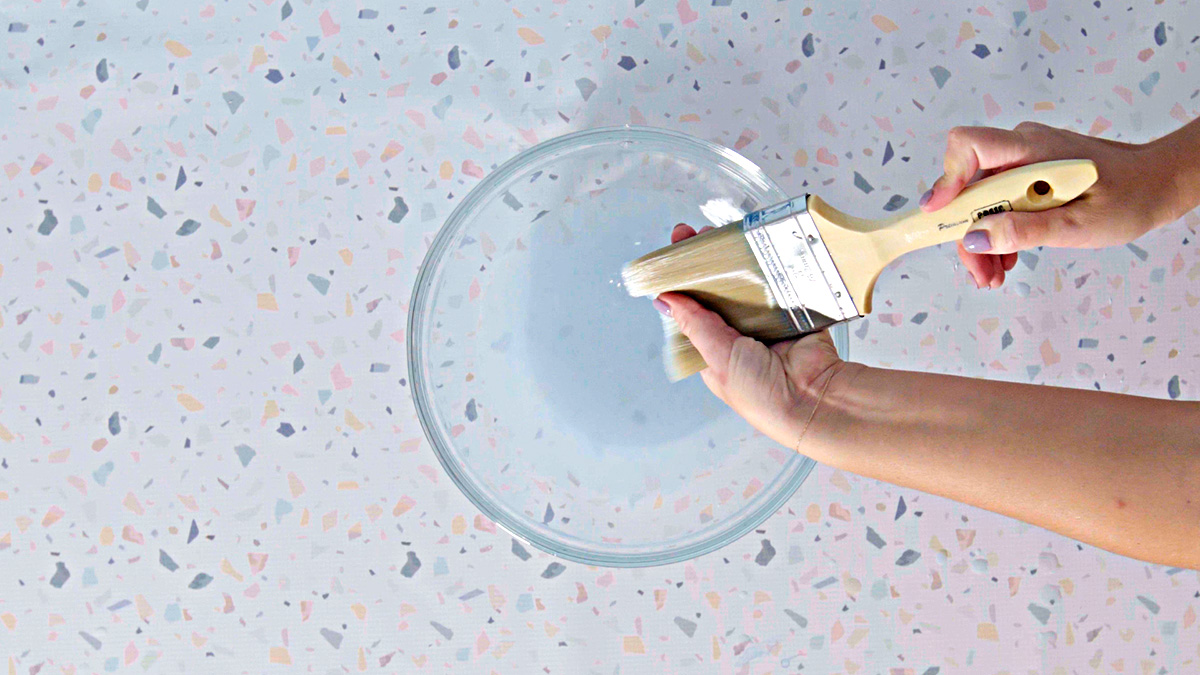
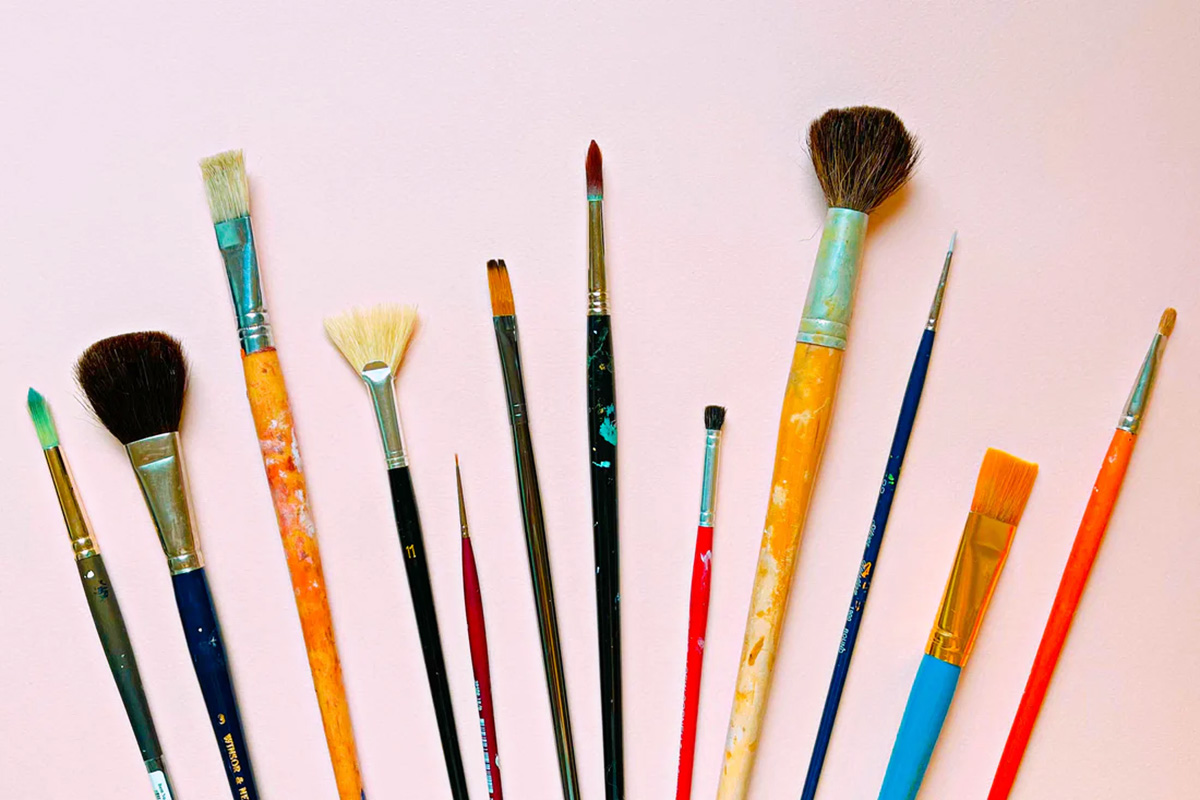
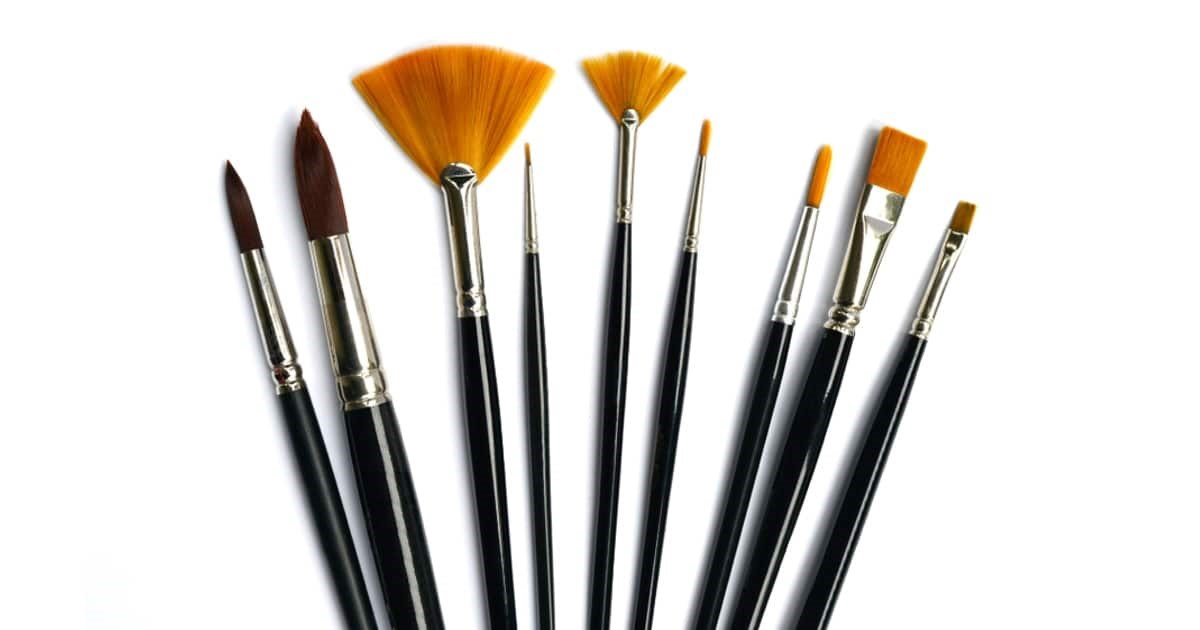
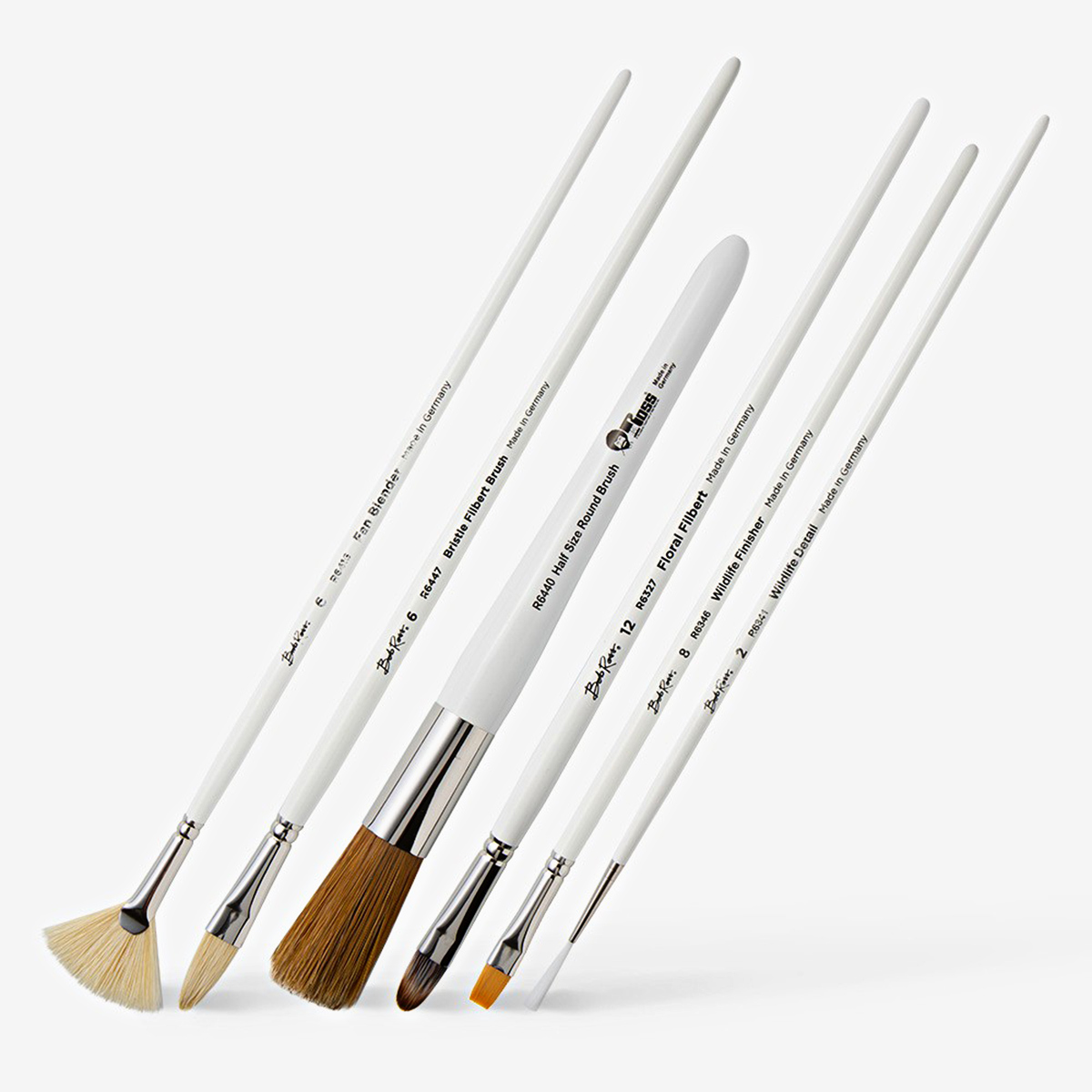
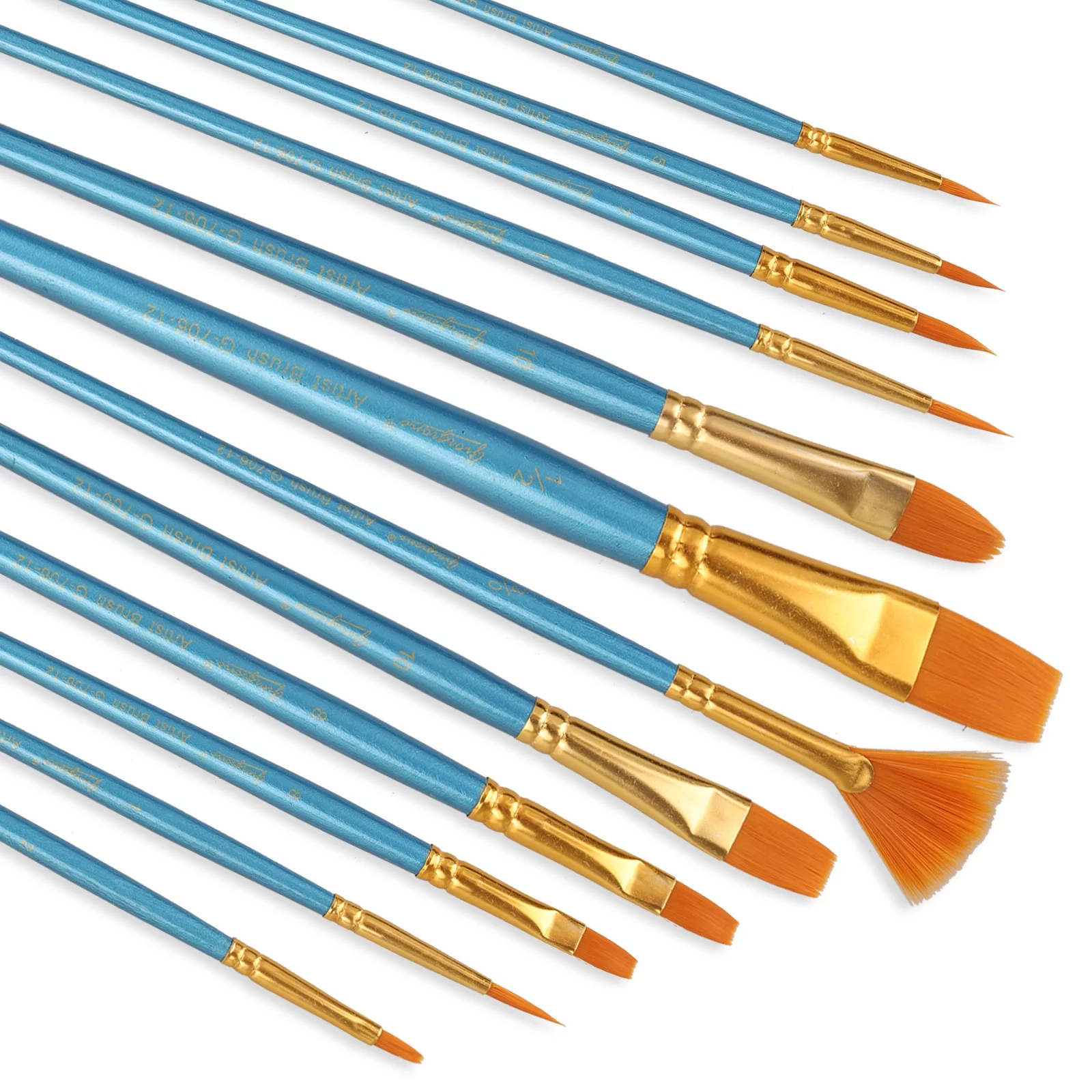
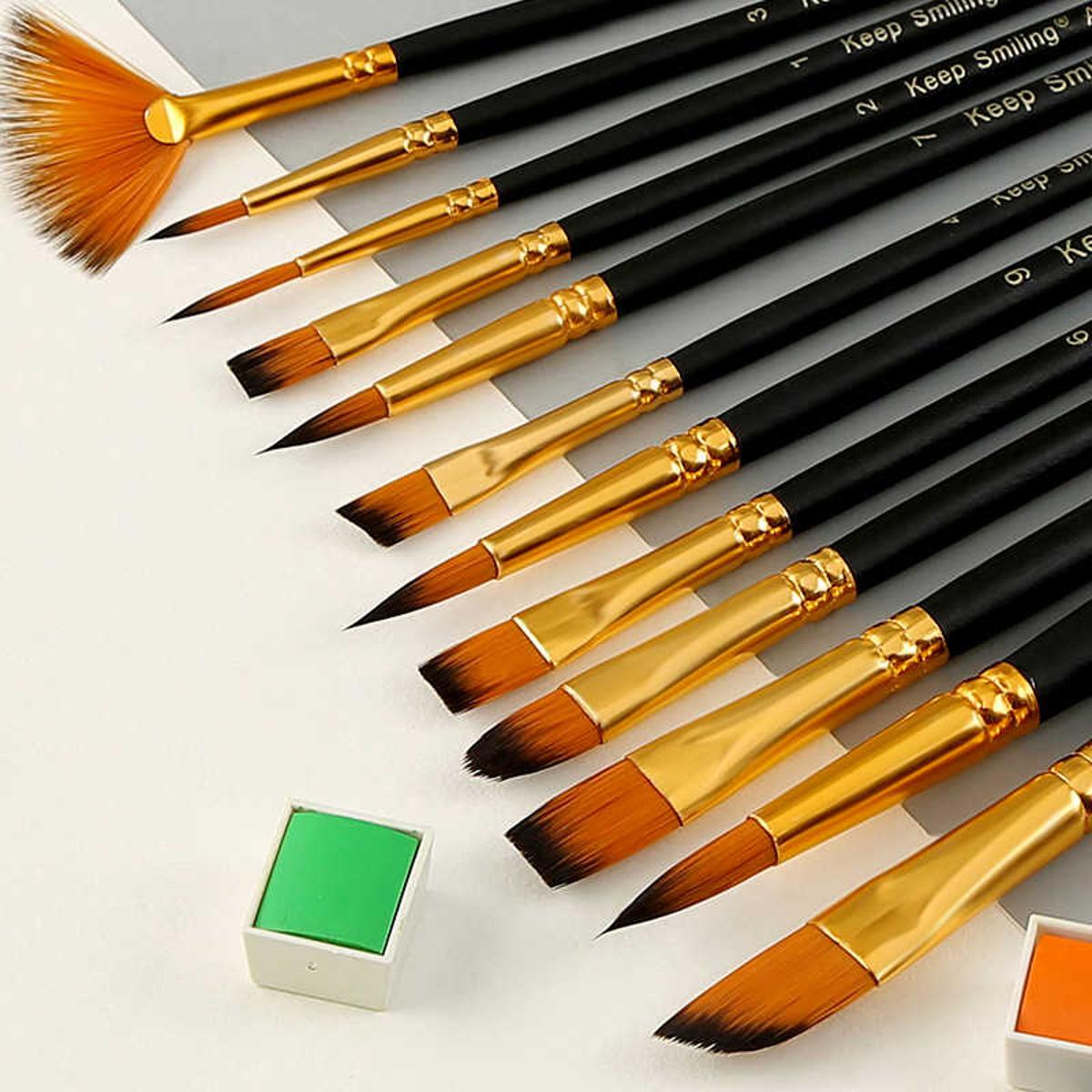
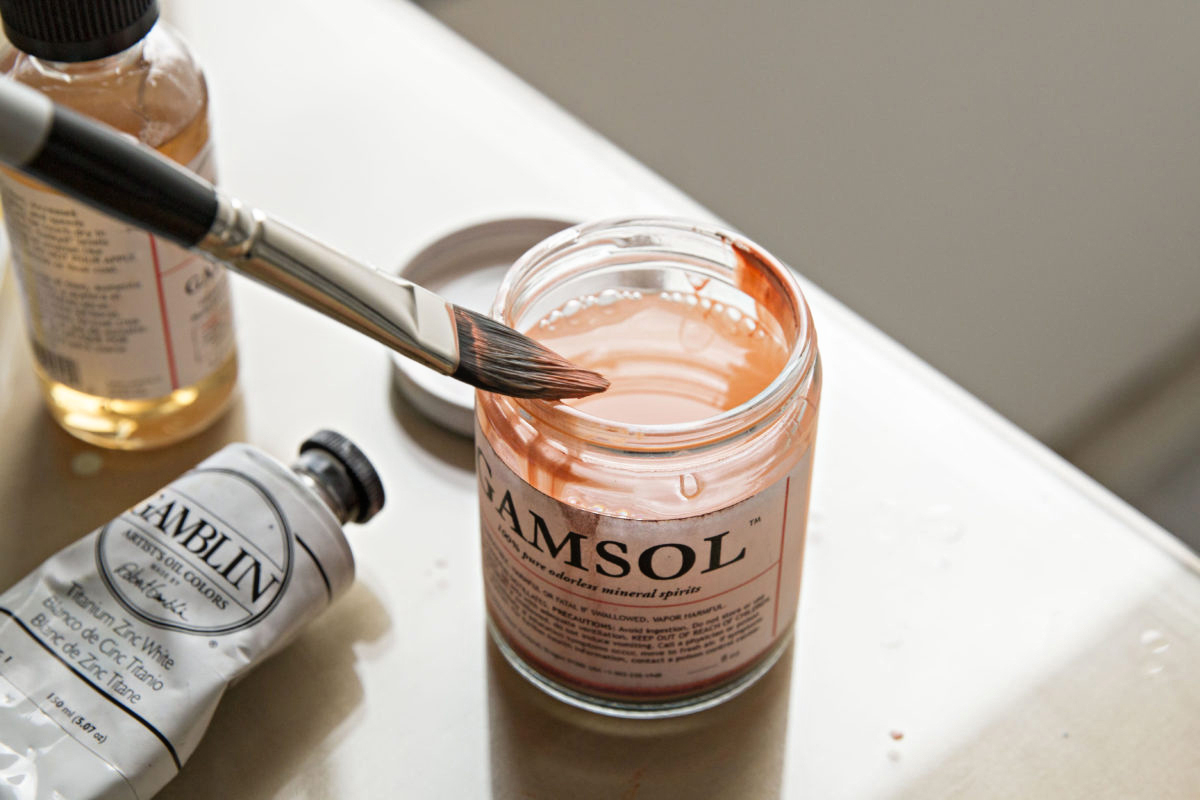
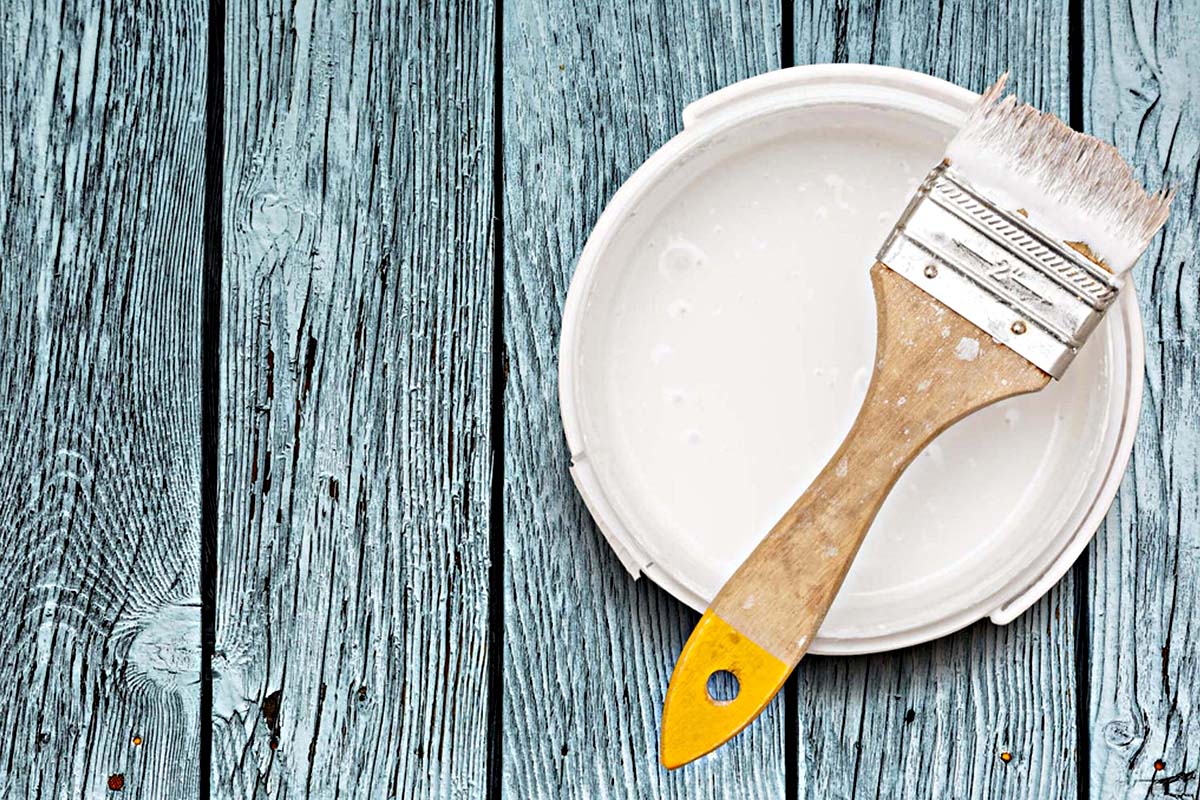
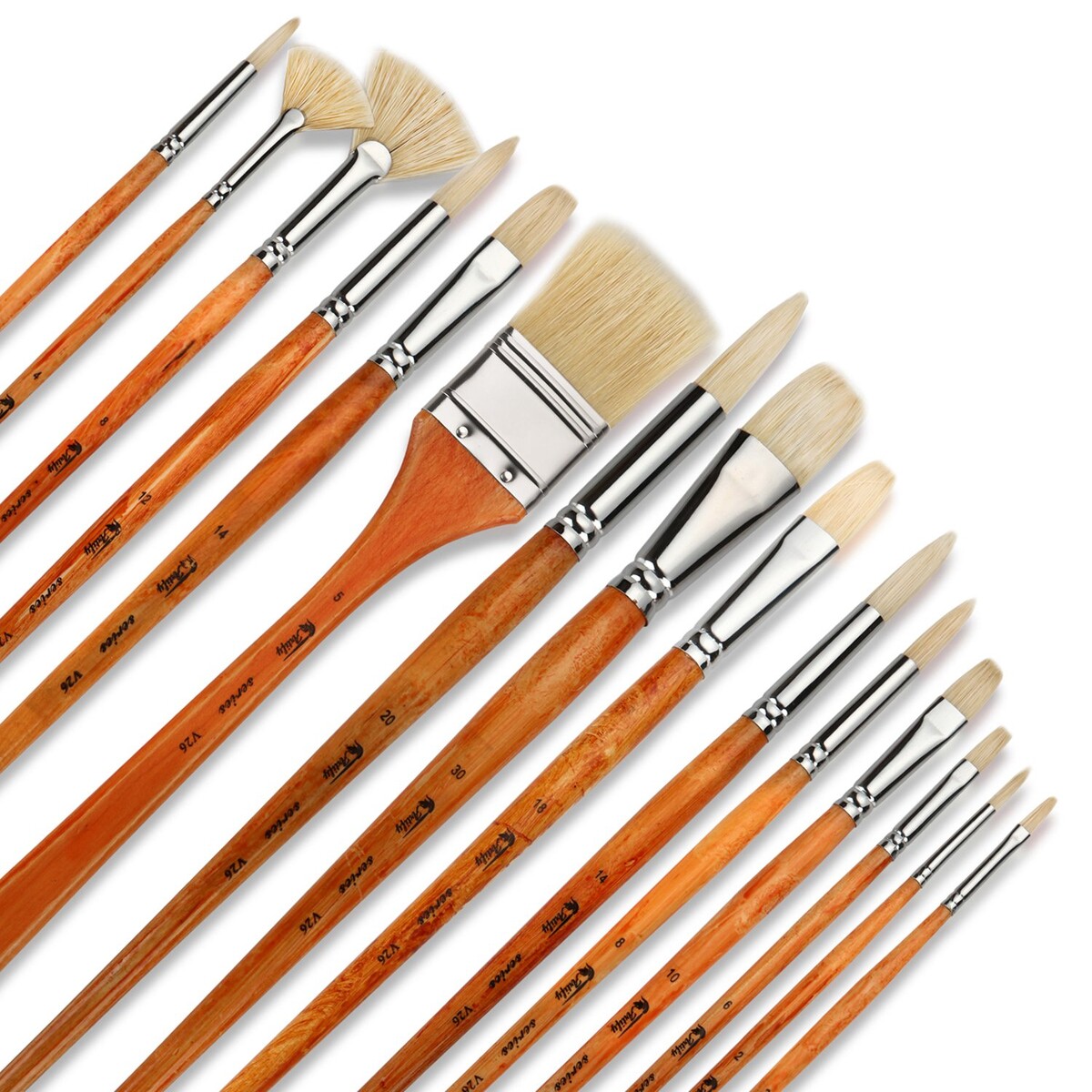
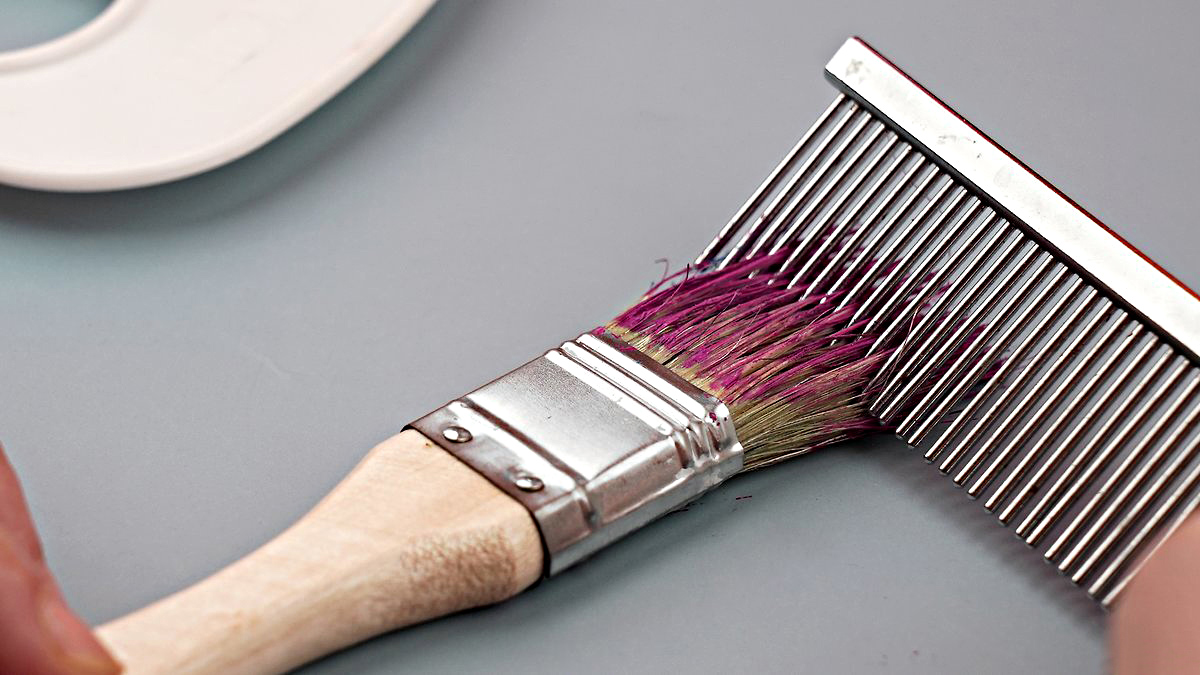
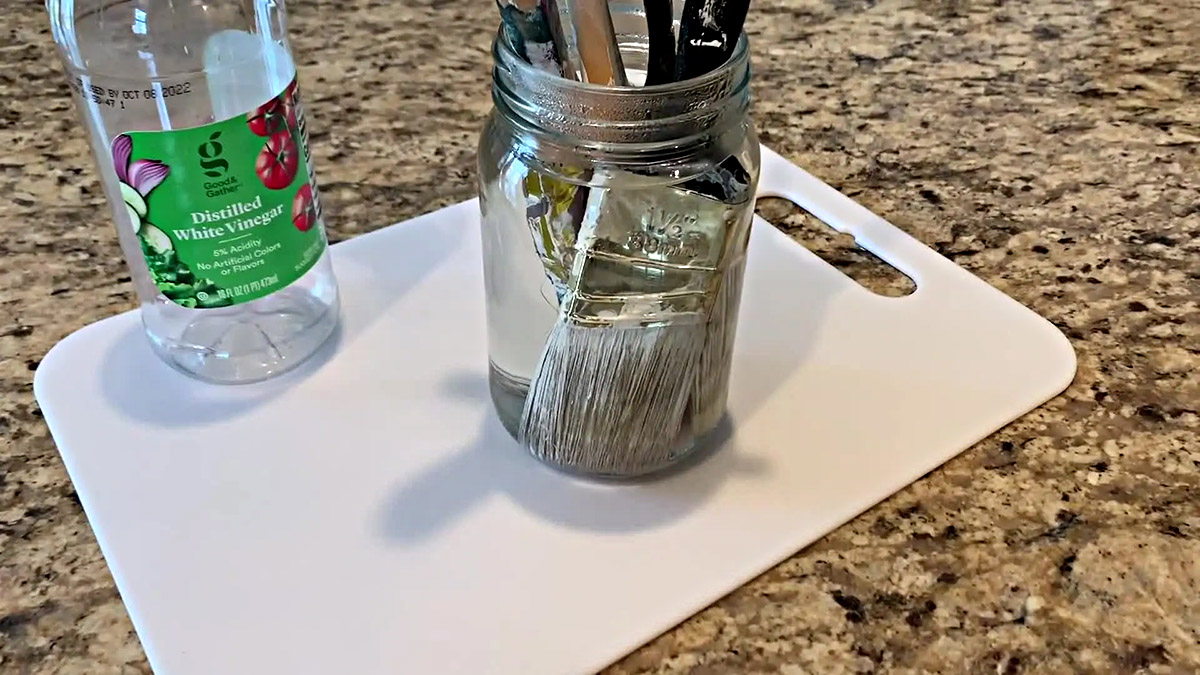

0 thoughts on “What Are Paint Brushes Made Of”